
YOU ARE HERE: PHILADELPHIA, PENNSYLVANIA, DEC 24TH 1774…
The brick streets feel smooth and comfortable underfoot1 – the click of the leather soled heels you wear varies from cobble to cobble as you walk, creating a truly gratifying sound. The air has a bitter chill to it; in some months there is only a single day that climbs above freezing in Philadelphia.2 But the streets are nonetheless bustling with merchants, with rich foodstuff from both foreign ports and local farms. The ringing of smith’s forges and the wheelwrights fill the air with noise and smoke3 while craftsmen in their shops ply their trade at fashioning brass, wood and horn; the sounds merriment in the public houses and tradesmen selling their wares all displayed upon shop shutters4 adds to the liveliness of the atmosphere.
You’ve made your way here to procure the necessaries for the season: you linger at the poulterers where chickens, geese and wild fowl are vended.5 Germans from the Oley Valley, who look slightly unkempt for having slept overnight in their Conestoga wagons packed with harvested crops6, are busy selling out their wheat grains and flour. You make a stop for late summer apples, herbs, and a blue paper-coated cone of hard sugar; finally making a pricey purchase of imported citrus (a rare annual treat) all the while eyeing what is the pinnacle of lavish spending for the day: a fresh pineapple. Such an expensive fruit was the centerpiece of the stall – and surely would be bought to be the exotic centerpiece of a banquet table of one of the great houses in the city.
“The market in this city is perhaps the largest in North America. It is kept twice a week, upon Wednesdays and Saturdays. The street where it stands, called Market Street, is large and spacious, composed of the best houses in the city. . .”
Excerpt From The infortunate: The voyage and adventures of William Moraley, an indentured servant
Taking a moment to yourself, you stop at the London Coffeehouse, a modest venture that had of late grown into a spacious room full of tables and private parties, cultivating a cerebral, freethinking environment for a moment’s pause in your busy afternoon. You unbutton the top of your greatcoat to fish into your waistcoat pocket for your watch – you mark the time and finished your last few sips of coffee. You begin the walk home. Glimpsed in between the shops and stalls are rows of stately tenements and small hedged gardens of fruit trees5, where city residents are quietly preparing for Christmas, Yuletide, Twelfth Night or an average sacred day, depending on their cultural and religious persuasions.
A single pineapple cost colonists approximately $5,000-$10,000 in today’s money.
Tropical fruits like citrus and pineapples were the most preeminent additions to the colonial dinner table. Most households only spent 1-8% of their income on luxuries like fruit and nuts. Affluent Virginian farmers attempted to grow their own exotic fruits in “orangeries”, but the majority of these fruits would be imported to Philadelphia ports from islands in the Caribbean.7
Philadelphia was a largely Quaker city in the 18th Century, though the overall diversity of colonists’ backgrounds was extensive, owing in part to the vision of the colony’s founder, William Penn. Penn was granted a charter for the colony that would be called Pennsylvania – and this to him became his own “Holy Experiment”. Making his colony one free of religious and intellectual persecution,it became a safe haven that would live out the ideals of the Enlightenment era. The overall range of nationalities that came to Philadelphia and made this place their home helped to form a panoply of different ideas and influences, melding the colony into what was called the “Athens of America”. This free exchange of ideas would produce a unique local culture, while individuals still retained elements of their previous national identities, they incorporated elements borrowed from foreign neighbors or embraced entirely new, distinctly Pennsylvanian ones.
The trade of the city. . . consists in fruit, flour, corn, tobacco, honey, skins, various kinds of costly furs, flax, and particularly a great deal of flax-seed or linseed, also fine cut lumber, horses, and all kinds of tame and wild animals. In return the incoming vessels bring all sorts of goods, such as Spanish, Portuguese and German wines. . . Also spices, sugar, tea, coffee, rice, rum, which is a brandy distilled from sugar, molasses, fine china vessels, Dutch and English clothes, leather, linen, stuffs, silks, damask, velvet, etc. There is actually everything to be had in Pennsylvania that may be obtained in Europe, because so many merchantmen land here every year. Ships are coming from Holland, Old and New England, Scotland, Ireland, Spain, Portugal. . . and from the West and East Indies. . . “
Excerpt from Gottlieb Mittelberger, Journey to Pennsylvania in the Year 1750, and Return to Germany in the Year 1754, 1756.
This preservation of culture fused and melded with new customs from other European influences and purely Pennsylvanian ones is exhibited plainly in one historical structure: The homestead belonging to the Boone Family. Daniel Boone spent his youth here, but the home itself was owned by several different families in the 18th Century, and the variety of their backgrounds and additions reflect the diversity of the colony as a whole – and of Philadelphia, a city only a day and a half’s ride away.
“I dined at a tavern with a very mixed company of different nations and religions. There were Scots, English, Dutch, Germans, and Irish; there were Roman
Catholics, Churchmen, Presbyterians, Quakers, Newlightmen, Methodists, Seventhdaymen, Moravians, Anabaptists, and one Jew. The whole company consisted of twenty-five, planted round an oblong table…”8
The Boones: 1730-1750
Squire Boone (1696–1765) and his wife, Rebecca (née Rebecca Morgan) obtained a grant for 250 acres of land in Oley, building a one-story log house. They were both Quakers, and as such they did not observe Christmas, believing that no one day was holier than another. Any celebration of the day would be simply and restrained, as Quakers quietly passed the cold days of the winter solstice enjoying treats like dried fruit, boiled dumplings and puddings. Simple gifts that might have appealed to Quakers like the Boones would have been something like a silhouette portrait, as for Quakers the simplicity of the black and white style removed the trapping of vanity and finery and revealed the essence of the sitter.
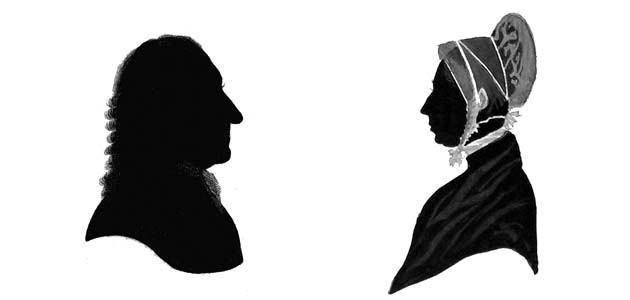
While Quakers believed that every day was equally sacred, it is good to remember that more affluent Quakers were a part of the upper echelons of society in Philadelphia and would entertain with high style.
The Maugridges: 1750-1766
William Maugridge, a shipwright and carpenter, was a cousin of the Boone who lived in Philadelphia and was notable for his friendship with Benjamin Franklin. As a member of the Church of England, Maugrudge would have celebrated Yuletide in the manner familiar with the English. When Maugridge took charge of the Homestead from the Boones in 1750, he likely added the English style parlor and either added or remodeled sections of the stone exterior.9 This parlor was staged to look how it might have been on a Christmas Eve in the 1750’s, where a gathering of friends would pull the furniture lining the walls to the middle of the room (as was the English style) and enjoy a fireside game of cards.
The English Parlor decorated for Yuletide, with Boxing Day baskets to the side. The Wassail Bowl – a traditional English custom. It is possible that Maugridge may have poured wassail to water his apple trees or fired guns into the air as a means of improving his next year’s harvest. 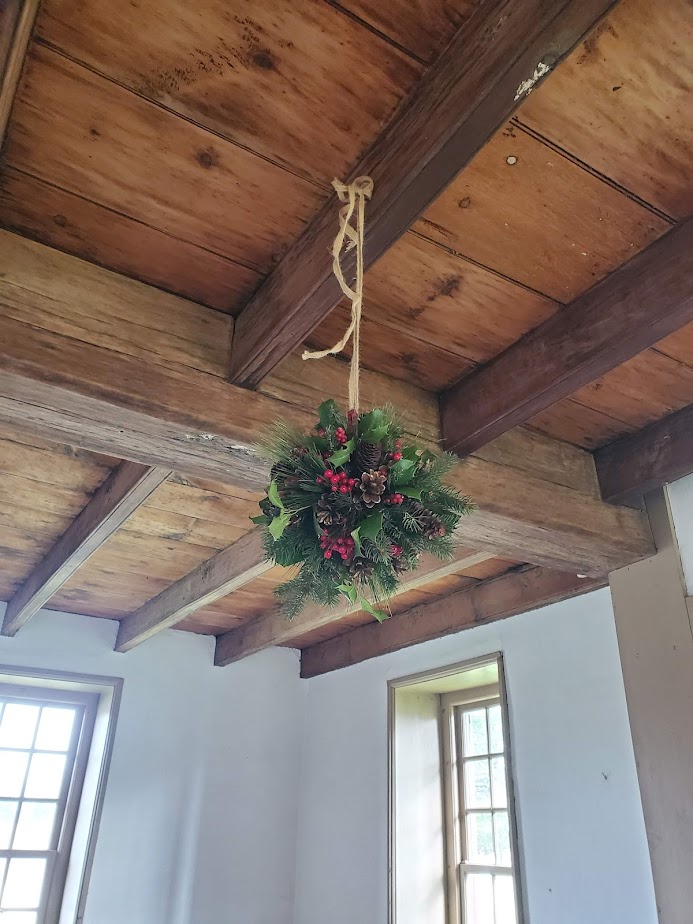
The Kissing Bough, a popular English Christmas decoration of the 18th century. It was custom to embrace the master or mistress of the house under the bough. A card game set aside in the course of the evening. The Yuletide repast, featuring prized fruits and sweet delicacies. The Yule log, decorated and ready to be lit.
The DeTurks: 1770
John DeTurk was a wealthy Pennsylvania German farmer, who acquired the Boone Homestead after Maugridge’s death. DeTurk added his own German styled architectural improvements to the house.10 The Christmas that would have been celebrated by the German residents of the house would have most resembled the holiday traditions we know today. The Germans began bringing in an evergreen tree indoors to celebrate Christmas in the 16th century – while it took until the 1800’s for the Christmas tree to gain widespread recognition, Germans would have brought this custom with them to America.
A Lichtergestelle, which were a very popular German decoration in the 18th century, decorated with candles and treats – the forerunner to modern Christmas Pyramids. The DeTurk family Bible ready for reading, while beer, pretzels, fruit and games are spread across the table. The Tannenbaum, decorated with gingerbread cookies, schnitz (dried apples), orange slices and strung cranberries. Pomanders and barley candy represent the more extravagant treats at the Christmas table.
These three families, with their differing backgrounds help to illustrate what the holiday season might have looked like in the 1700’s. During the “Holidays and the Homestead” event that took place at the Daniel Boone Homestead on Dec 11th, the rooms of the house were staged to recreate the feeling of stepping into the past and getting a glimpse of the POV of an colonial American celebrating Christmas. Join us next year to experience history for yourself!
For more information about the Daniel Boone Homestead, please visit: https://www.thedanielboonehomestead.org/
- “Plain surfac’d Flags, and smooth laid Bricks invite / Your tender Feet to Travel with Delight…” Breintnall, J. (n.d.). Plain description of one single street in this city. Poem: Plain Description of One Single Street in This City by Joseph Breintnall. Retrieved December 23, 2021, from https://www.poetrynook.com/poem/plain-description-one-single-street-city
- “The Delaware river froze solid by December 21st, with ice 16 to 19 inches thick and times… Based on the observation of David Rittenhouse, the temperature in Philadelphia during January 1780 rose above freezing at an observation time only once, and only then for a short time.” Nese, J., & Schwartz, G. (2005). Winter: December-January-February. In Philadelphia Area Weather Book (p. 76). essay, Temple University Press.
- “The forging Shops of sooty Smiths are set, / And Wheelwrights Frames—with vacant Lots to let: / A Neighbourhood of Smoke, and piercing Dins…” Breintnall, J. (n.d.). Plain description of one single street in this city. Poem: Plain Description of One Single Street in This City by Joseph Breintnall. Retrieved December 23, 2021, from https://www.poetrynook.com/poem/plain-description-one-single-street-city
- “And thence, a short Arm’s Throw, renew’d tends. / Mechanicks, here, in Iron, Brass, Wood and Horn, \ Their narrow Shutters, with their Wares adorn…” Breintnall, J. (n.d.). Plain description of one single street in this city. Poem: Plain Description of One Single Street in This City by Joseph Breintnall. Retrieved December 23, 2021, from https://www.poetrynook.com/poem/plain-description-one-single-street-city
- Moraley, W., Klepp, S. E., & Smith, B. G. (2005). In The infortunate: The voyage and adventures of William Moraley, an indentured servant (pp. 28–35). essay, Pennsylvania State University Press.
- Orth , R. L. T. (2015, March 6). A Look Back in History: Colonial Trade with the Port of Philadelphia . Reading Eagle.
- Raga, S. (2015, June 25). The Super Luxe History of Pineapples. Mental Floss. Retrieved December 23, 2021, from https://www.mentalfloss.com/article/65506/super-luxe-history-pineapples-and-why-they-used-cost-8000
- Hamilton, D. A. (2011). The Itinerarium of Dr. Alexander Hamilton, 1744. . (A. A. ( Aroha, Ed.) (Ed: 2015). Alejandro’s Libros.
- History: The Daniel Boone Homestead. Daniel Boone Homestead: History. (n.d.). Retrieved December 23, 2021, from https://www.thedanielboonehomestead.org/history
- History: The Daniel Boone Homestead. Daniel Boone Homestead: History. (n.d.). Retrieved December 23, 2021, from https://www.thedanielboonehomestead.org/history

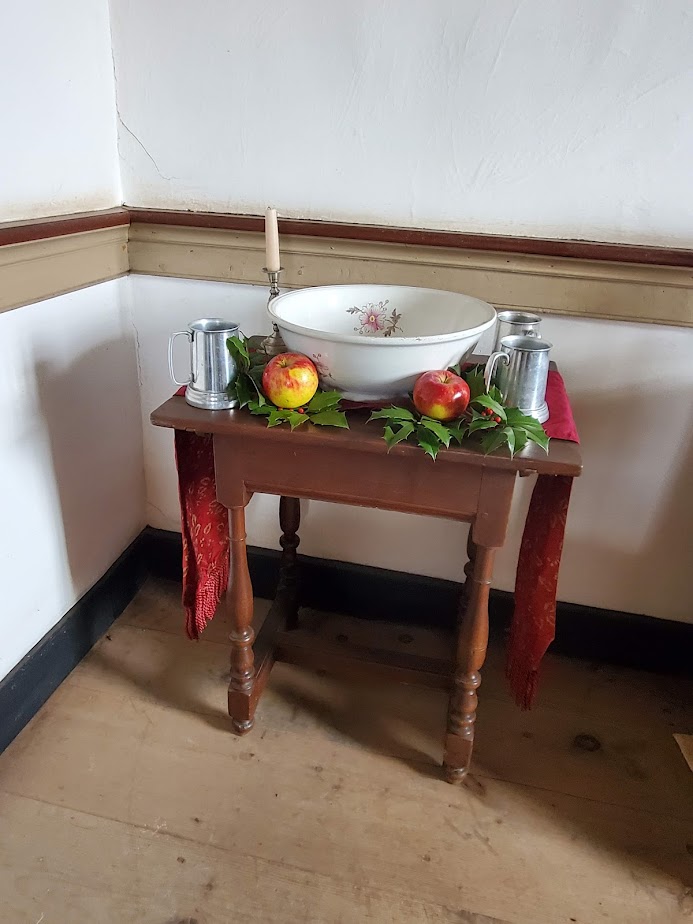
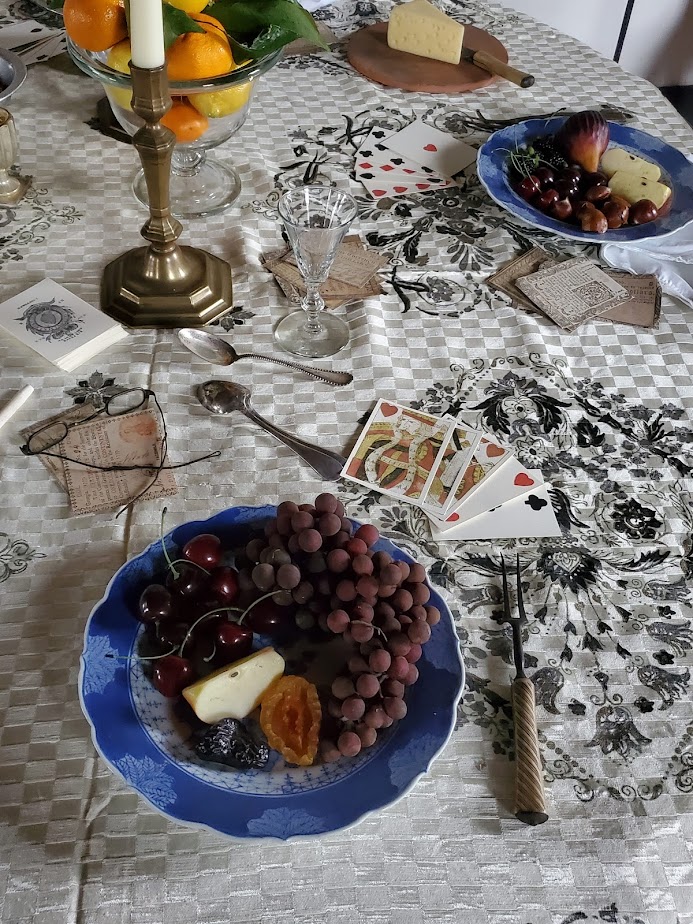
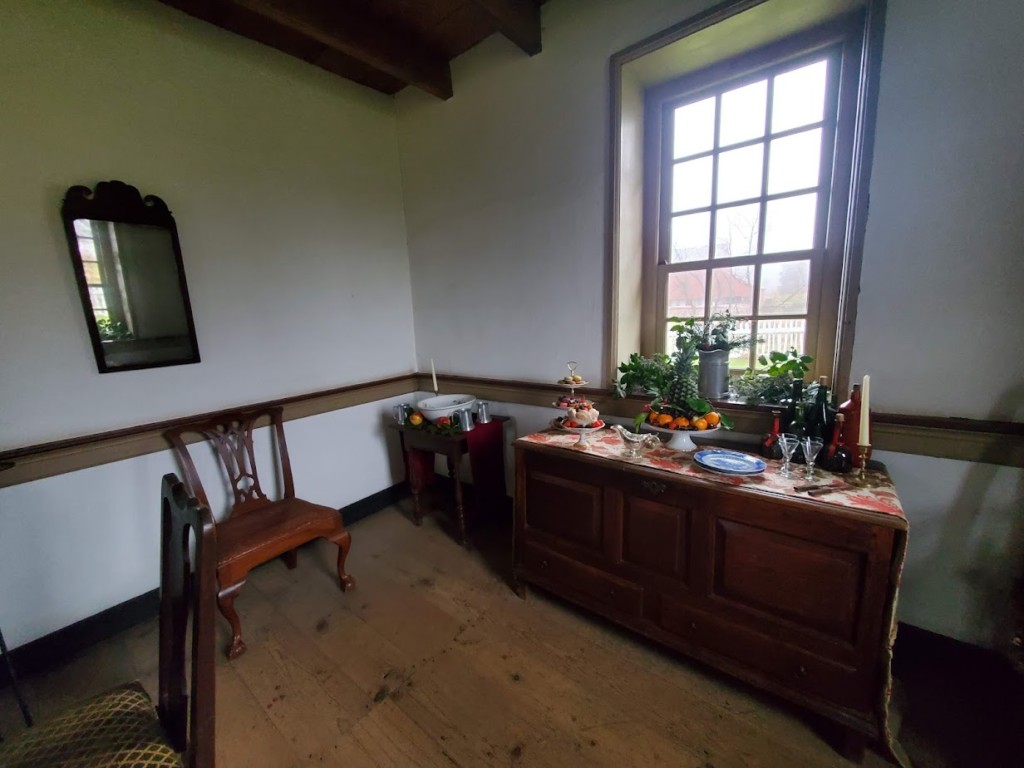

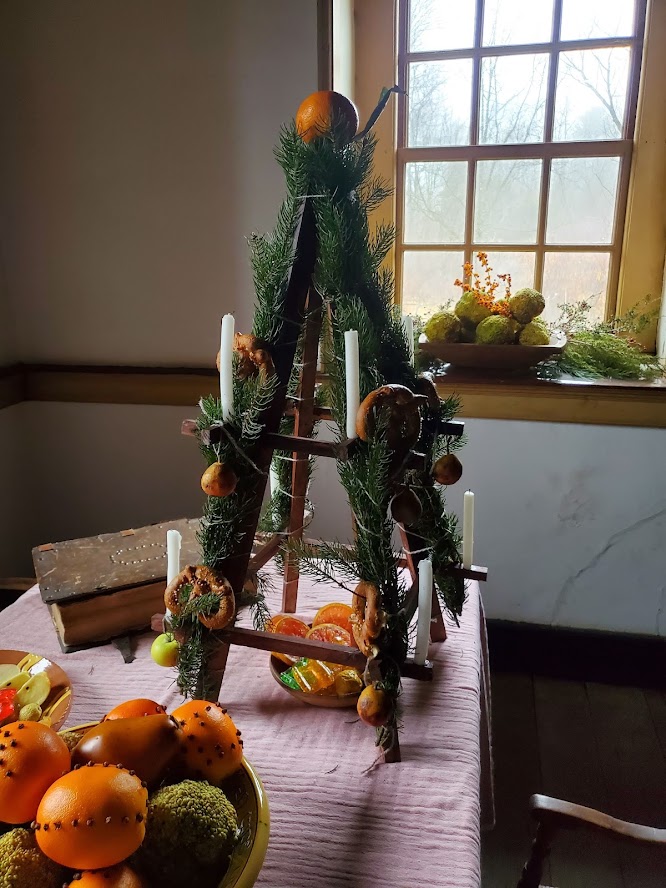

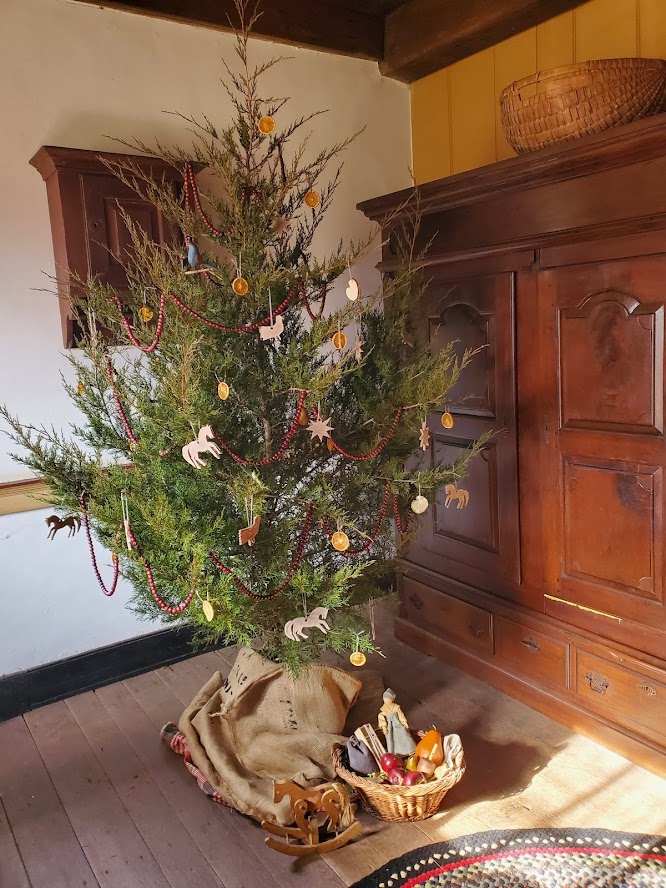
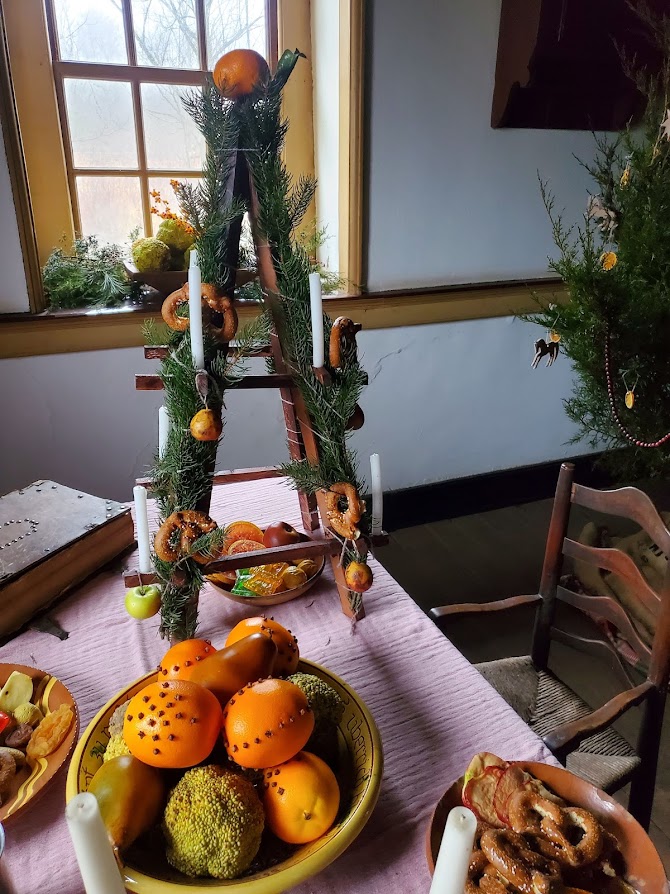
brianstammVerified
Great article. Your description of the sights and sounds made my imagination wander and picture everything perfectly.